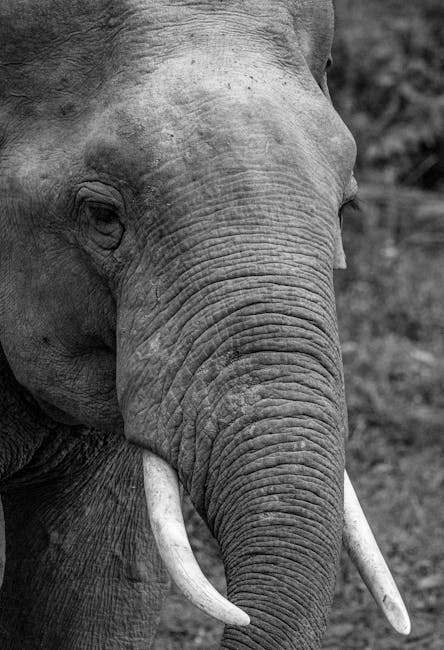Why do elephants have big ears? When humans are hot, we sweat. Elephants, however, cannot sweat like we do. So how do they regulate their body temperature? Elephants are huge, which means they produce a lot of body heat. Since elephants also typically live in very hot climates, it's essential that they have a very efficient way to get rid of their extra body heat. Luckily, elephants come with a built-in solution: big, floppy ears. On the inside of an elephant's ears, you will find a web of tiny blood vessels. The skin of the ear is very thin, and the blood vessels are very close to the surface. When the temperature of the elephant's blood is greater than the temperature of his surroundings, heat is released from the ears. The same thing happens when you hold an ice cube in the palm of your hand. Heat flows from an area of high heat to an area of low heat.
While you may be tempted to say, “This ice cube is making my hand cold" in reality, the heat from your hand is actually making the ice cube warmer. Heat-releasing blood vessels aren't the only useful function of an elephant's ears. They also act like giant fans. As elephants flap their ears back and forth, they create a light breeze that can speed up the cooling process. It is a bit like stepping out of a cool shower and standing in front of a fan. An elephant's ears can cool its body by up to 5° Celcius (that's 9° Farenheit)! An African elephant's ears can grow to be six feet long and four feet wide.

Asian elephants tend to live in shady forests and don't have to endure the same extreme temperatures as their African cousins. As a result, Asian elephants have smaller ears than African elephants. On hot days, you may even see elephants rolling around in mud, taking a dip in a pond, or using their trunks like hoses to spray down their bodies. The heat then leaves their bodies by flowing into the cooler mud or water..
https://howtoplaythedjembedrums.com/why-do-elephants-have-big-ears/

No comments:
Post a Comment